A Permaculture teacher of mine once said, A good way to gauge the knowledge of a Permaculturist, is by looking at their bookshelf. While I would extend it a bit by pointing out that they should have actually read those books, understood them, and turned the information therein into something practical, I agree that a good set of references is essential to any practice, Permaculture included.
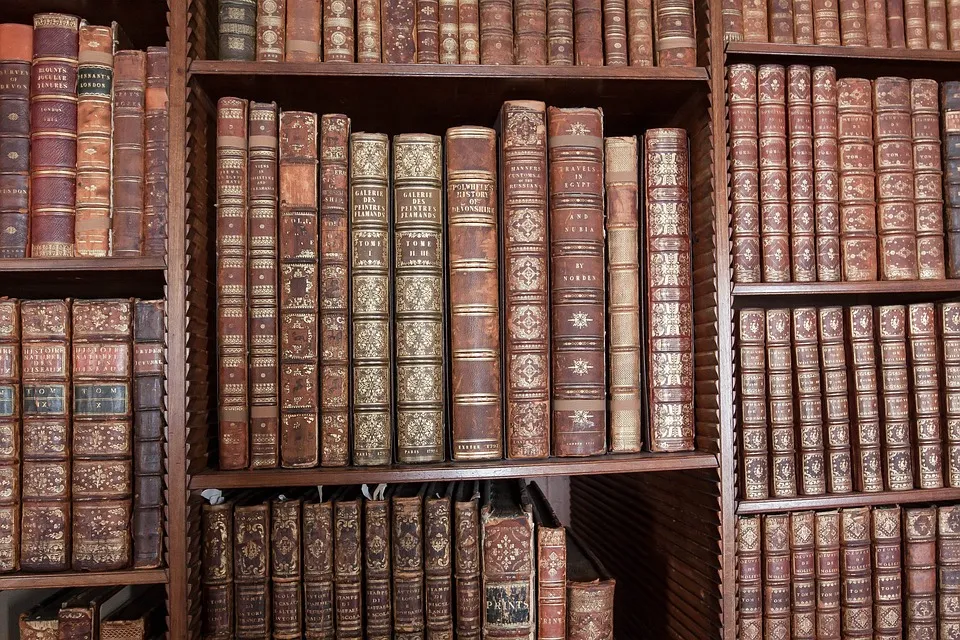
So here I would like to share the books from MY bookshelf I consider most important and valuable in learning about Permaculture. Needless to say, they only include the books I have read. There are countless other resources out there worth checking out.
Permacultue Basics
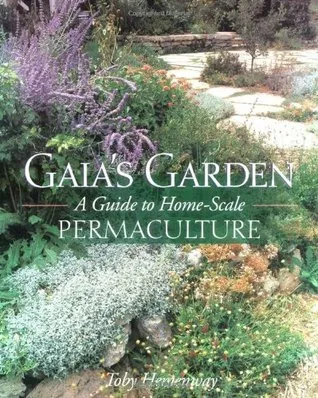
It's incredible how many introductory books have been written on Permaculture. Most of them become fairly repetitive once you've been exposed to the basic ideas, so it's best to start with a book that captures your attention, gives wings to your imagination, and excites you to the point of reading straight through the night. I understand we all have different preferences, but the book that met all of these criteria for me was Gaia's Garden by Toby Hemenway. What I loved about it were all the practical applications of Permaculture principles and ideas to implement in your own garden. The focus of the book is a suburban garden to a small-scale homestead, so many of us can jump right in and experiment with it. On the downside, the book focuses almost exclusively on the temperate zone climates, which can take the wind out of your sail if you happen to be living in another region.
Other introductory Permaculture books include The Permacultue Way by Graham Bell, not bad but less exciting than Gaia's Garden, and Bill Mollison's Introduction to Permaculture, which is composed of a series of pamphlets and other printed material, and is the perfect way to get the reader prepared for his BIG BOOK: Permaculture A Designers' Manual.
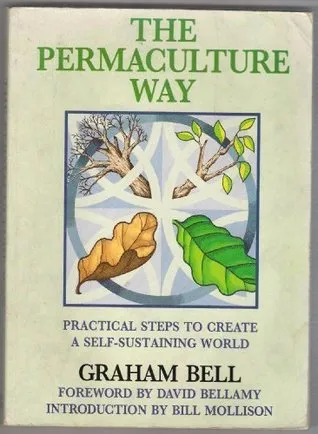
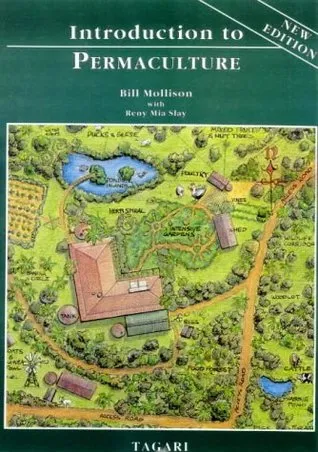
Deep End Immersion into Permaculture
There is probably no other book I've come across with as much detailed information on Permacultue than Bill Mollison's Designer Manual. It includes everything: Starting out with a thorough discussion of the values and the mindset behind the principles of Permaculture, it goes on to look at such aspects as water, soil, plants and animals, in various climatic regions, from riparian zones to deserts, tropical rain forests to cold regions, including also urban environments. In its last part the book even discusses 'invisible structures' having to do with community organizing, trusts, finance, local currencies, and other social constructs. It is a huge book but it can be immensely helpful to consult as questions crop up.
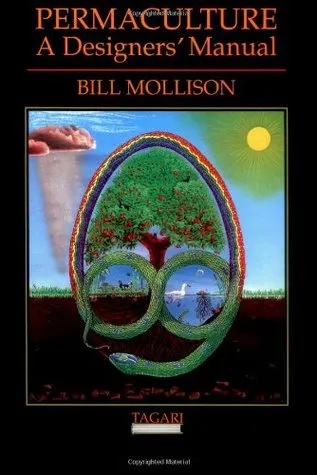
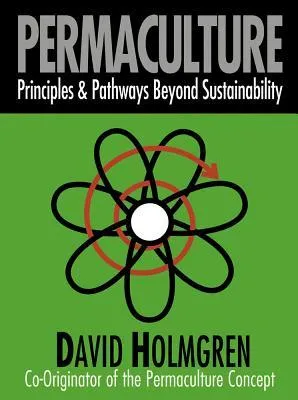
Another such great resource is David Holmgren's Permaculture Principles. Although it seems to be more theoretical at first glace, it gives ample examples to illustrate each principle in great detail. Some of these can be easily tried and implemented in a typical household, others are more conceptual and large-scale in nature. Still, I consider this book another invaluable resource in turning Permaculture theory into practice.
Food Forests
Once we've gotten a thorough overall impression of Permaculture, we may want to apply it to our own areas of interest. A frequently mentioned one is designing a food forest. The book I found immensely interesting in this regard is Tree Crops A Permanent Agriculture by J. Russel Smith. Even though it was written a century ago, long before the modern term Permaculture was coined, it reads just like a practical Permaculture guide, advocating perennial plants (trees) for food production, either directly, or indirectly by providing forage for animals. Another great book on this topic is Sepp Holzer's Permaculture, who went against all odds and designed an incredibly integrated farm on his alpine property. Another great thing about this book is the author's radically individualistic attitude, making it not only informative but highly entertaining. Finally, the most comprehensive book on food forests I've read is Edible Forest Gardens Vol. I and II by David Jacke and Eric Toensmeier. This one goes into great depths in detailing how to plan and execute your forest design, considering everything, from water, sunlight, and interaction between species, all the way to space and time, taking into account how big the trees will grow. I'll have to re-read these books when I start designing my own food forest.
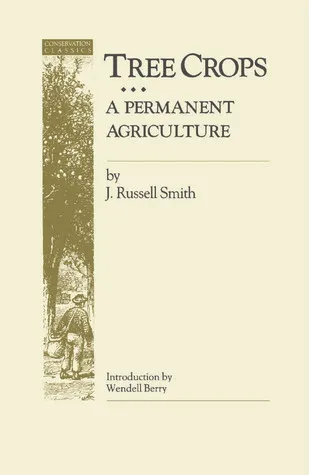
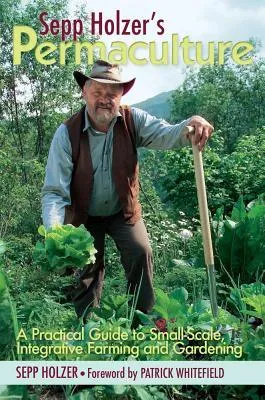

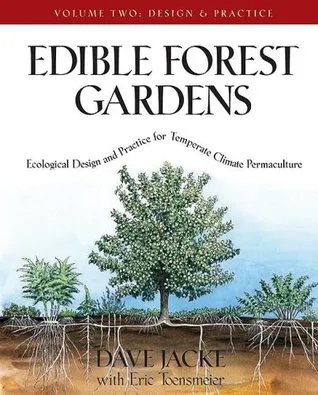
Permaculture, or Just Close Enough?
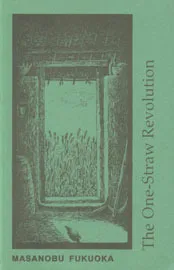
Sometimes a book can be an amazing Permaculture reference, even though the author never intended it to be, or may not even have heard the term. Still, I think they fit right in, as Permaculture itself is highly inclusive. One famous such book is The One-Straw Revolution by Masanobu Fukuoka.
Though initially the author seems to want to focus on merely avoiding unnecessary chemicals, in his explication of the practical application sheds light on many great techniques, such as using cover-crops, and emphasizing companion planting. Another book which could have been just about Permaculture, though it was written in the 19th century, is Ten Acres Are Enough by Edmund Morris. Just as the title says, the author points out the advantages of a small, intensive, but highly diverse homestead. Finally, another book that talks about Permaculture without mentioning it is Teaming with Microbes by Jeff Lowenfels and Wayne Lewis. I particularly like this one because it raises the importance of the soil food web, that is maintaining, and even augmenting the fertility of your land by paying attention to the microbes living in it.
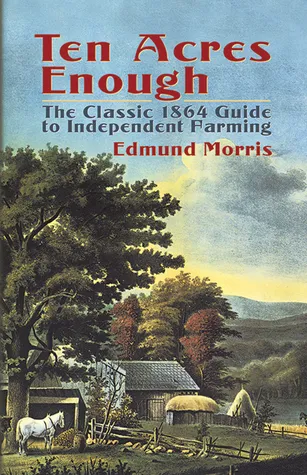
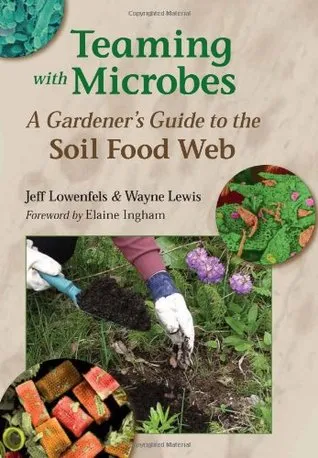
Of course these twelve volumes merely cover the basics. For each specialized area there are other great Permaculture books. Though these works should give you a solid foundation. Enjoy reading!
Sources: 1, 2, 3, 4, 5, 6, 7, 8, 9, 10, 11, 12 Pics: 1, 2, 3, 4, 5, 6, 7, 8, 9, 10, 11, 12, 13
Join LBRY To Get Your Own Copies!
If you are interested in reading these books, you can find them on my sustainability channel at LBRY. If you are interested in joining LBRY, please follow my invite. You may also be interested in my other book reviews in my Bibliophilia series:
My 12 Most Recommendable Permaculture Readings
Another 12 Permaculture Books - Specialized Readings
Riane Eisler – The Chalice and the Blade
William McDonough and Michael Braungart - Cradle to Cradle
Charles Eisenstein - Sacred Economics
Ken Kesey - One Flew Over the Cuckoo's Nest
Charles C. Mann - 1491
Tom Wolfe - From Bauhaus to Our House
Ideas and Concepts of Daniel Quinn
B. Traven - The Death Ship and The Cotton Pickers
Books by Wladimir Kaminer
Remembering the Good Doctor Gonzo - Hunter S. Thompson
Tom Wolfe - The Electric Kool-Aid Acid Test
Robert A. Wilson Expanding His Readers' Minds
Gary Jennings' Head-dive into Mexican History